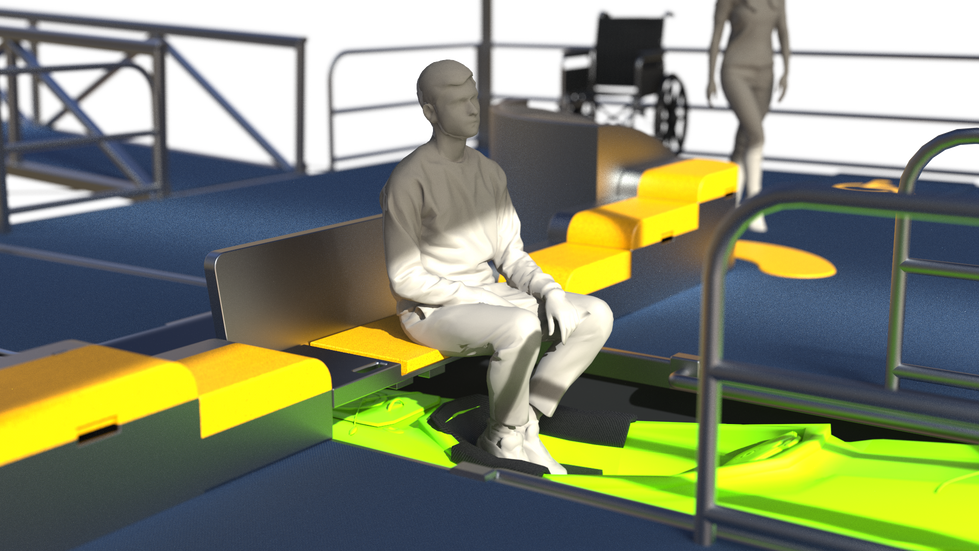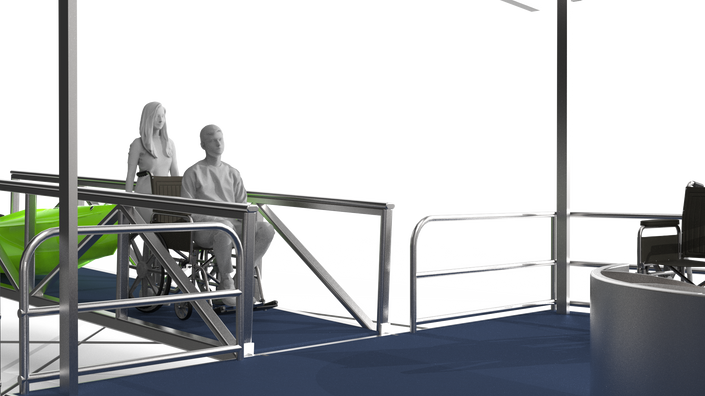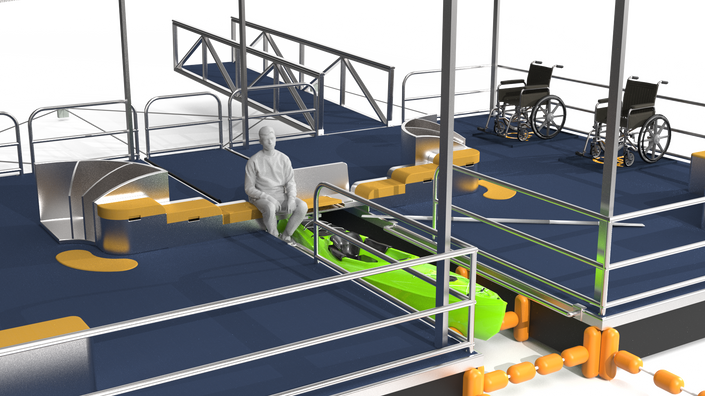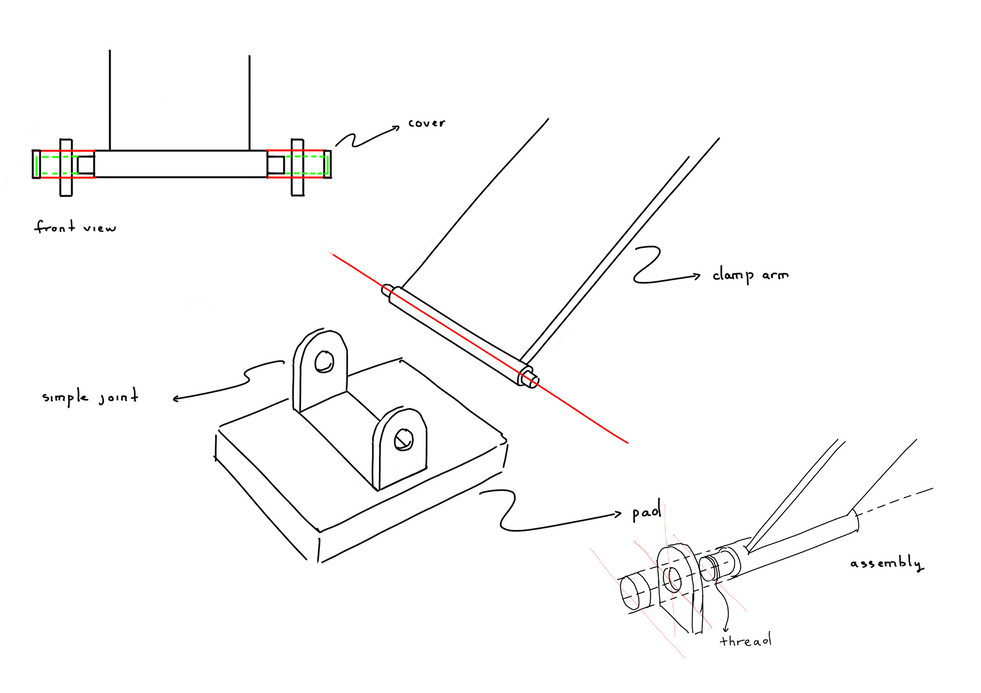Val
Team: Khoa Tran, Hsuan Lee, John Looi, Henry Gomez-Borowski
Year: 2020
Keywords: spinal cord injury, SEQwater, water-based activity, kayak/canoe

The problem
Help people with a physical disability (or spinal cord injury) enjoy water-based activities such as watercraft, kayaking, or sailing.

The solution
A versatile kayak launch station that allows people with spinal cord injury (SCI) to participate in kayaking activities with a high level of independence and autonomy.

The impact
Improve the quality of life, confidence, and rehabilitation process among people with SCI by promoting easy access to water-based activities, and thus active lifestyle.

RESEARCH
User persona and journey map
From research, persona and journey maps were created to capture the users and their pain points within the potential context of use.



USER GROUP
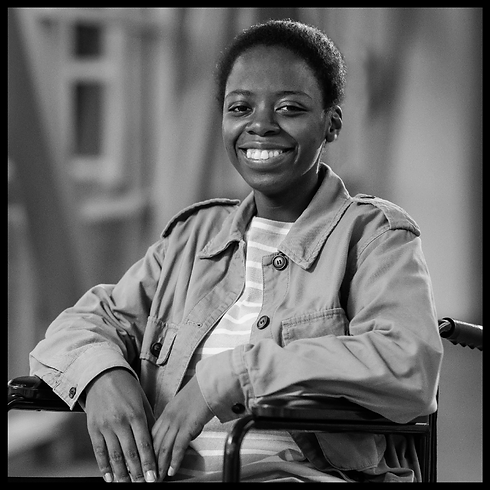
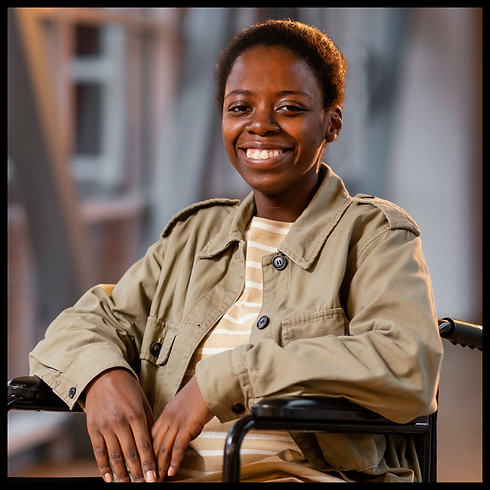

People with physical disability
Need a way to participate in water-based activities with a high level of autonomy and independence
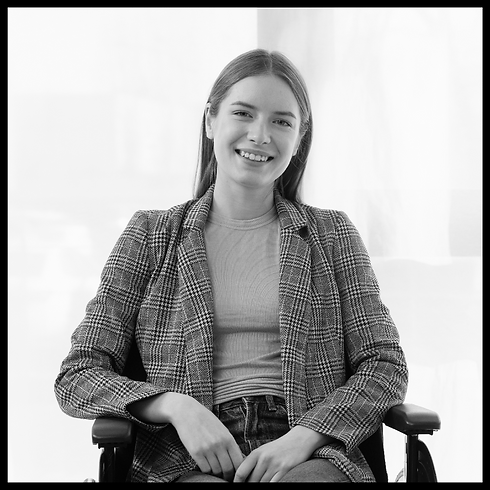
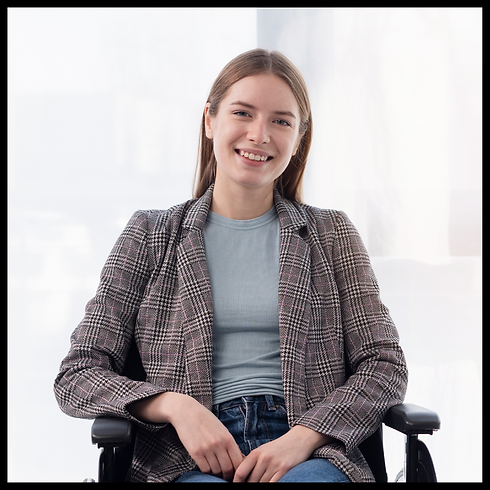

People with spinal cord injury
Need a way to participate in water-based activities with a high level of autonomy and independence

FEATURES
Hero shot
Versatile Autonomous Launch (VAL) is a launch facility that is designed to promote independent access to watercraft activities on Seqwater recreational sites. The facility is an inexpensive approach to easy, stable, and safe transfer into the crafts (i.e. kayak, canoe) that is secured by applying the principles of buoyant force, body weight, and floatation body. While promoting independent use, the facility is of the endeavour of offering dignified use. This is done by providing a sense of fulfilment of conquering inherently challenging natures of para-paddling.
Peer-based network
It also forms a positive peer-based network which attenuates and facilitates,
-
Companionship between people with disability including SCI
-
Support from a family member or caregiver
Also, this is offered with minimum environmental impacts and the likelihood of
structural compromise.
Exploded view
The main materials used include
-
Pontoon base: polystyrene foam
-
Lining: High-density polyethylene (HDPE)
-
Rail, roof frame: grade 6000 aluminium
(The 3D model was done collaboratively by Hsuan Lee and Henry Gomez-Borowski)
Simulation
I have also utilised my 3D production skills to create a simulation that demonstrates our design within the context of use.
Teaser
Video teaser that highlights the key features of the design.

SEQUENCE OF USE
Step 1: Go to the pontoon
The user goes to the pontoon via the walkway. Although the platform is designed to facilitate independent autonomous use, the user can be accompanied by a friend or family member.
Step 2: Transfer from wheelchair to bench
The user either,
-
Stores their foldable wheelchair in the curved multi-slot module next to the transfer bench. This module is designed so that the furthest wheelchair is still within the reach limit of 300 mm.
-
Parks their non-foldable wheelchair in the allocated parking slots.
They can also store their belongings on the compartmentalised transfer bench. The transfer bench has a curved corner to facilitate easy leg movement. These spaces are indicated with labels and surface markings.
Step 3: Transfer from bench to gangplank
The user transfers from bench to gangplank, activating the clamp system which will secure the vessel using buoyant force. The gangplank has several features to ensure the user's safety,
-
Middle-finger-wide gaps between bench and gangplank to prevent pinch hazards.
-
Gangplank is wide enough to fit the hip and open hands of the 99th percentile man.
-
Padded seat for skin protection.
-
Hand grips are designed to fit the 99th percentile man's hand.
Step 4: Transfer to vessel and launch
The buoys will help secure the vessel to ensure a safe transfer. While the user enjoys the activity, their friend or family can sit on the waiting bench which is padded with vinyl for skin protection.

DEVELOPMENT
Initial concepts
Rough visualisation of initial ideas in response to design opportunities identified from research including increased accessibility and mobility aid.
Design development
Iterative sketches to inform the decision making process regarding CMF, features, ergonomics, and size, etc.
Technical sketches
Detailed sketches to assist the process of Computer-aided Design and manufacturing consideration.














